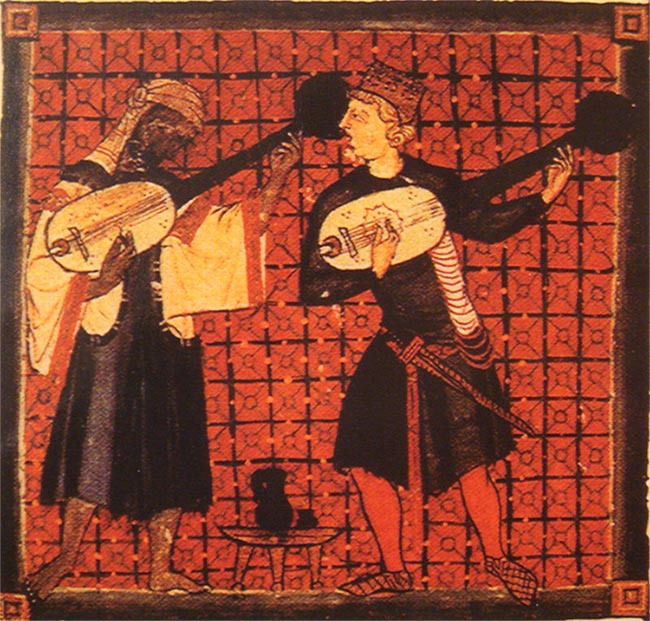
I teach Celtic guitar for a living and could waffle about this subject all day, but I'll try and be brief!Īs previous posters have said, Celtic music as it is played today is written in the following modes, in order of precedence:ĭorian (optimistic minor- compared to the major scale it has ♭3 and ♭7)Īeolian ("Natural minor"- darker than dorian)Īs harmony instruments in Celtic music are a fairly recent addition, and much of the intonation of melody instruments like violins and keyless flutes was previously based on just intonation and the overtone series, the harmony used to accompany Celtic music tends to be fairly simple. I've seen some discussions about Star of the County Down having some dorian tendencies and movements, but the structural bones seem to be Aeolian, unless I'm missing something.


The first four chords to Star of the County Down are one of my favorite Aeolian progressions: For the latter, I've always used I-bVII-IV-I - I almost don't ever get sick of that!!Īeolian tunes are always harder for me to think of, but Black Is The Color and Poor Wayfaring Stranger are two that use the minor iv - which to my ear sounds just incredibly sad!!! (yes I know that's very subjective, but in our western cultures it seems to be somewhat agreed). Mixolydian tunes include: As She Moved Through The Fair, Campbell's Farewell To Redgap, B Part to Old French, The Red-haired Boy, Susan O'Dwyer ( here is great link to the progression and audio for Susan O'Dwyer )Ī signature Mixolydian progression would be I - bVII and this is found in tons of Celtic tunes, and in quite a few Grateful Dead jams as well. (this is similar to how V7 cadences to I in tonal harmony, but it is a weaker tendency, and these modal progressions sound "folky" - the minor v is very much related to bVII, but in my decades-long struggle to understand pure diatonic harmony, I almost always use bVII, and throw in the minor v as a color chord here and there) To modern ears, used to chord progressions, the signature chord sequence would be minor i - IV, and as with all of these modes, the bVII subtonic is used constantly to shift away from I, and to give a kind of cadence back home to I. Used by Google Tag Manager to control the loading of a Google Analytics script tag.There are many English folk songs and Celtic tunes and airs that use the Dorian Mode, Mixolydian Mode, and the Aeolian Mode (the Aeolian is perhaps not as exotic as the other two, so maybe these don't stick out as much).ĭorian tunes include The Swallowtail Jig, Road To Lisdoonvarna, Scarborough Fair, All Things Are Quite Silent (which also has a B Part that leans very heavily into Mixolydian), What Shall We Do With The Drunken Sailor, and many more. Used by Google Tag Manager to control the loading of a Google Analytics script tag. Standard tracking, which makes our shop understand the necessity and places to improve our shop. The data's are kept save inside the back-office, and serve solely as statistical data for improving our services and products. A Shop Cookie, which saves data about orders, carts, IP of the clients. NameĪ Shop Cookie, which saves data about orders, carts, IP of the clients.

Statistic cookies help website owners to understand how visitors interact with websites by collecting and reporting information anonymously.


 0 kommentar(er)
0 kommentar(er)
